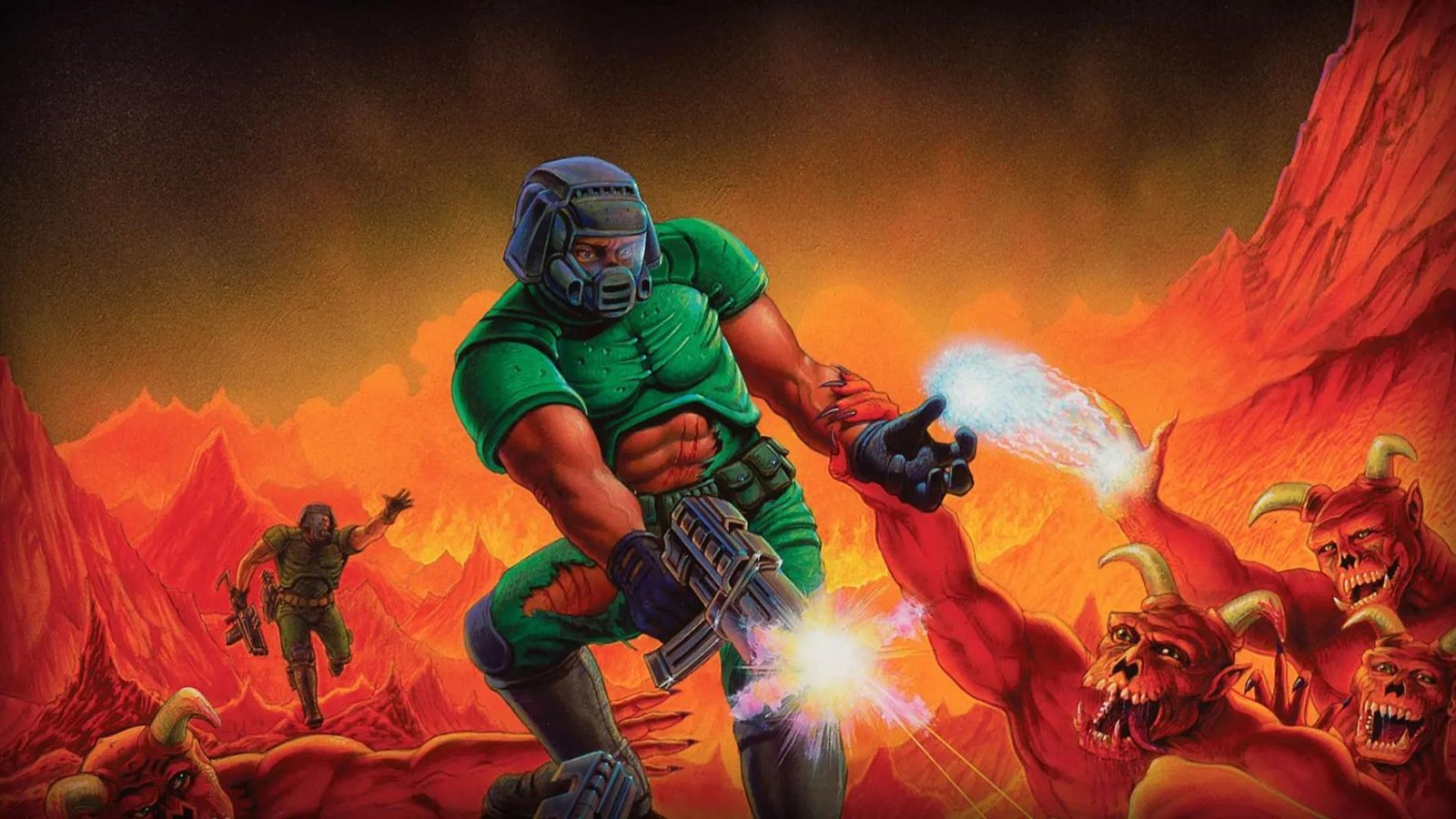Shooter games have come a long way since their inception, evolving from simple pixelated graphics and basic controls to complex, immersive experiences with intricate gameplay mechanics. This evolution has been driven by advances in technology, player expectations, and creative innovation. Let’s explore how shooter game mechanics have evolved over the years.

Early Beginnings: Simple and Fast-Paced Action
The earliest shooter games, such as Space Invaders (1978) and Asteroids (1979), featured straightforward gameplay with a focus on high scores. Players controlled a ship or character, shooting at waves of enemies in a fixed or scrolling environment. The mechanics were simple: move, shoot, and avoid getting hit. These games laid the groundwork for the shooter genre by establishing core mechanics that would be refined in later years.
The Birth of First-Person Shooters
The release of Doom in 1993 marked a significant turning point in shooter game mechanics. Doom introduced the first-person perspective, immersing players directly in the action. The game featured fast-paced combat, varied weapons, and maze-like levels filled with secrets. The introduction of strafing and the use of different types of weapons against specific enemies added layers of strategy to the gameplay. Doom’s success paved the way for future first-person shooters (FPS), and many of its mechanics are still used today.
The Rise of Tactical Shooters
The late 1990s saw the emergence of tactical shooters, where strategy and teamwork became crucial to success. Counter-Strike (1999), originally a mod for Half-Life, revolutionized multiplayer shooters by introducing team-based gameplay, where players had to work together to achieve objectives like planting or defusing bombs. The game’s focus on realistic weapons, player economy, and precise aiming emphasized skill and coordination over sheer firepower, influencing many shooters that followed.
The Integration of Narrative and Gameplay
As technology advanced, so did the ability to integrate compelling narratives into shooter games. Half-Life (1998) was a pioneer in this regard, seamlessly blending story and gameplay without the use of cutscenes. Players experienced the story through the eyes of the protagonist, with environmental storytelling and scripted events enhancing immersion. This approach set a new standard for storytelling in shooters, influencing titles like Bioshock (2007) and Call of Duty: Modern Warfare (2007).
The Introduction of Cover Systems and Regenerative Health
With the release of Gears of War (2006) and Call of Duty 4: Modern Warfare (2007), new mechanics like cover systems and regenerative health became staples in the shooter genre. Gears of War popularized the use of cover, allowing players to strategically hide behind obstacles to avoid enemy fire. Meanwhile, Modern Warfare introduced regenerative health, where players could recover health over time by avoiding damage. These mechanics made gameplay more dynamic and accessible, encouraging players to think tactically.
The Evolution of Multiplayer and Live Services
In recent years, shooter games have increasingly focused on multiplayer experiences, with many adopting a “live service” model. Destiny (2014) and Fortnite (2017) are prime examples, offering ongoing content updates, seasonal events, and social interactions. The rise of battle royale modes, popularized by Fortnite and PlayerUnknown’s Battlegrounds (2017), introduced mechanics like shrinking play areas and scavenging for resources, adding new layers of strategy and unpredictability to the genre.
The Future of Shooter Game Mechanics
As technology continues to advance, the future of shooter game mechanics looks promising. Virtual reality (VR) is already offering new ways to experience shooters, with games like Half-Life: Alyx (2020) showcasing the potential of immersive, physics-based interactions. Additionally, the integration of AI and machine learning could lead to smarter, more adaptive enemies. There by creating even more challenging and dynamic gameplay experiences.
Conclusion
The evolution of shooter game mechanics reflects the genre’s ability to adapt and innovate over time. From the simple, fast-paced action of early arcade games to the complex, narrative-driven experiences of today, shooters have continually pushed the boundaries of what’s possible in gaming. As we look to the future of gaming . It’s clear that shooter games will continue to evolve, offering players new and exciting ways to engage with the genre.

